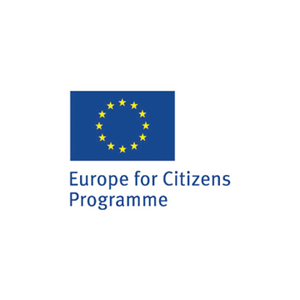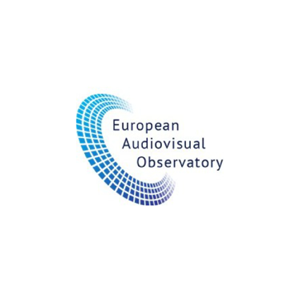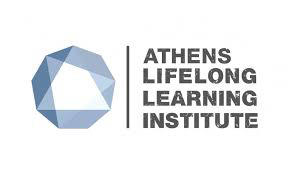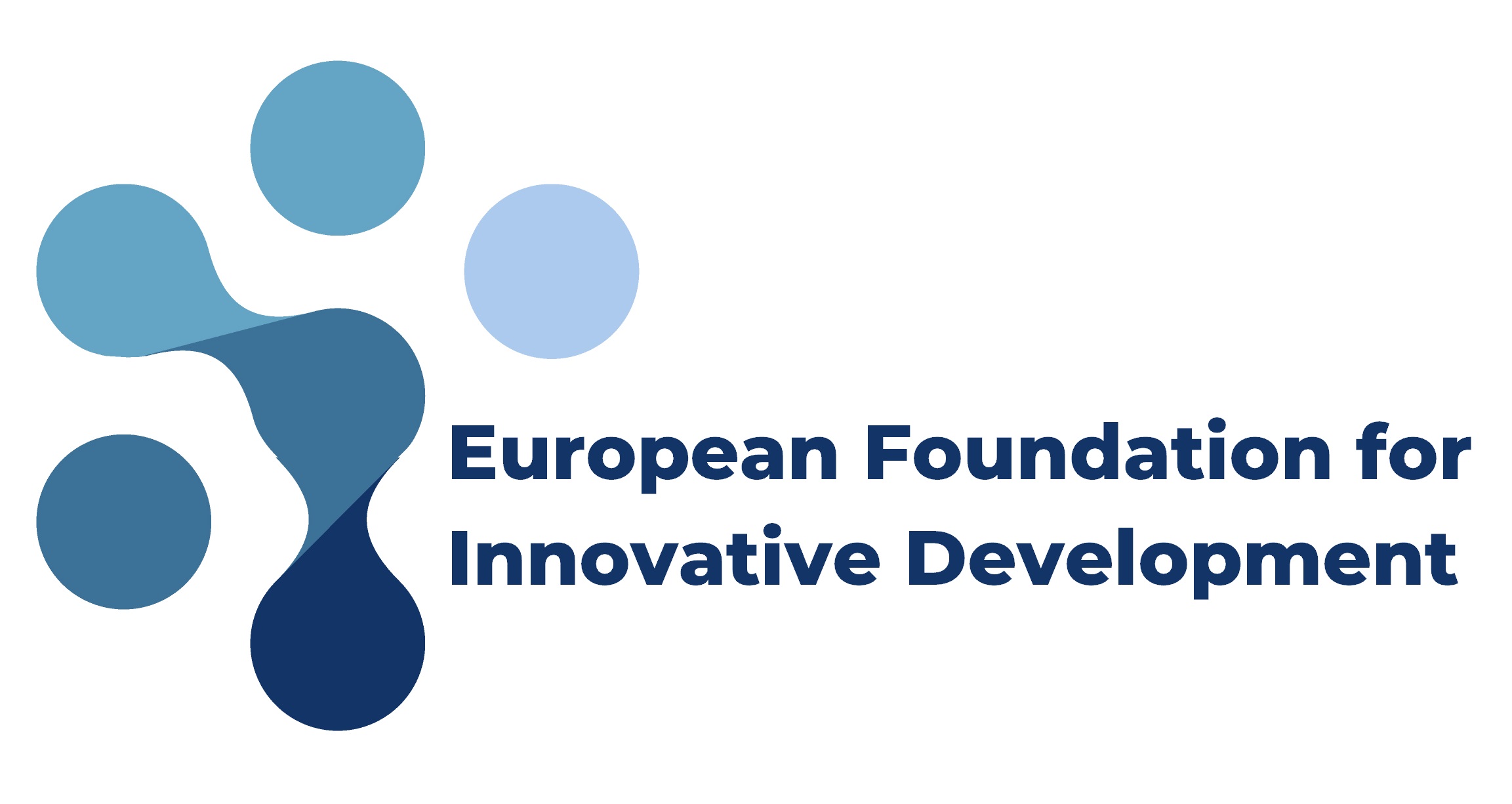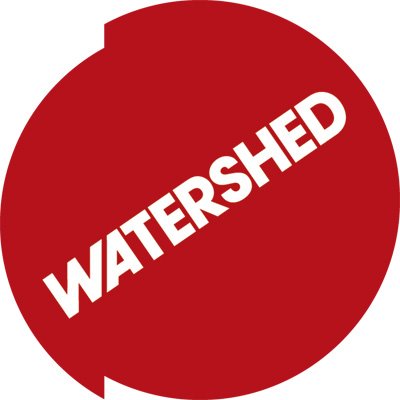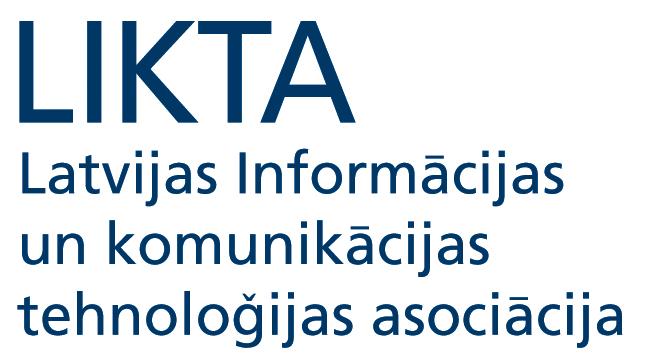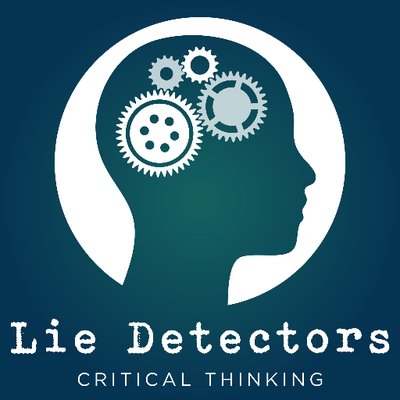Have you ever heard people saying “the European Union is too focused on the market and economic returns of different policies”?
People tend to think it’s all black and white when they utter these kinds of words, being worried about the market when it comes to jobs and unemployment, while neglecting it when it comes to social or environmental policies, for example.
Have eurosceptics ever thought that the EU has to focus on each different policy?
Let’s look at the environment: whenever a new policy comes into force in this field, the European Union makes sure to safeguard our landscape and natural resources, without putting excessive constraints on economy and growth in a wider sense.
It’s clear, indeed, how the EU tries to reach one goal, contributing at the same time to different priorities.
The EU is a very organised and structured fellow: we already know in advance what it is going to work on, and engaged European citizens can easily keep track of this by reading the growth strategy drafted every 10 years. Europe 2020 Strategy has set up 5 main goals to work for in a time span of 10 years (2010-2020), two of which relate to environment and research:
- Increase of 3% of GDP allocated for research at European level;
- Reduction of 20% of carbon emissions.
Everything has been put together in the “European Strategic Energy Technology Plan”, which basically means investing in new technologies which help decreasing the levels of pollution and carbon emissions. It goes without saying this also implies investments in research connected to the energy system. Saving energy, or using it in a more efficient way, it’s the overall aim of the plan! Public policy investments, together with the private sector ones, are useful, beneficial and necessary to boost the deployment of low-carbon technologies for the future. The issue is also to make sure that these kinds of technologies are economically viable.
It’s easy to say whatever there is written above, but it’s crucial to understand of which technologies are we talking about: mainly anything we don’t already know, such as photovoltaics, wind power, solar power, energy storage, etc. The Plan provides for incentives to bring new, efficient and cost-competitive low-carbon technologies to the market faster and in a competitive way.
Obviously, the policy puts an emphasis on renewables. It’s never going to be enough stressing this particular aspect of the energy system, since European countries are still at an early stage along this development path, both for the limited use of these natural energy resources, both for the high costs of manufacturing facilities for photovoltaics or wind power. There are also energy resources still unexploited, such as geothermal or ocean power.
Part of the plan, however, is not understandable to normal human beings!
You can read about storable solar fuels or smart cities without really having an idea of what they look like or in what they consist of. That’s the trigger! Since it’s about research, everything is ongoing. Smart cities, though, are the kind of future environment we are dreaming of… Technologies would master everything, they would take over the policeman who directs traffic, taking control of traffic lights for example in order to avoid congestion. Technologies will store massive data regarding people living in the same city in order to manage at best transportation systems, power plants, water supply networks.
Would you ever buy an electric car in the future? You better will, since an European initiative called “The clean energy for all Europeans” is creating a system based on demand-response that enables smart charging of electric vehicles, giving consumers incentives to charge them at times of low electricity prices.
Eventually, we’ll reach the point when the transition to a secure and sustainable energy system will no longer be a choice for Europe. ICTs could be used in buildings, checking constantly temperature and saving so energy by heating or cooling only the parts of the building where it’s really needed. Home automation is also helpful at this purpose: if you are going to be out all day, and you want to keep you house warm for when you go back, instead of leaving the heating on all day long, you could turn it on couple of hours before remotely.
Let’s turn technology at our benefits, let’s give them the possibility to save our environment so they could avoid we’ll destroy it!
For further information:
https://ec.europa.eu/energy/en/topics/technology-and-innovation/strategic-energy-technology-plan
https://eur-lex.europa.eu/legal-content/EN/TXT/?qid=1411399552757&uri=CELEX:52007DC0723
Have you ever heard people saying “the European Union is too focused on the market and economic returns of different policies”?
People tend to think it’s all black and white when they utter these kinds of words, being worried about the market when it comes to jobs and unemployment, while neglecting it when it comes to social or environmental policies, for example.
Have eurosceptics ever thought that the EU has to focus on each different policy?
Let’s look at the environment: whenever a new policy comes into force in this field, the European Union makes sure to safeguard our landscape and natural resources, without putting excessive constraints on economy and growth in a wider sense.
It’s clear, indeed, how the EU tries to reach one goal, contributing at the same time to different priorities.
The EU is a very organised and structured fellow: we already know in advance what it is going to work on, and engaged European citizens can easily keep track of this by reading the growth strategy drafted every 10 years. Europe 2020 Strategy has set up 5 main goals to work for in a time span of 10 years (2010-2020), two of which relate to environment and research:
- Increase of 3% of GDP allocated for research at European level;
- Reduction of 20% of carbon emissions.
Everything has been put together in the “European Strategic Energy Technology Plan”, which basically means investing in new technologies which help decreasing the levels of pollution and carbon emissions. It goes without saying this also implies investments in research connected to the energy system. Saving energy, or using it in a more efficient way, it’s the overall aim of the plan! Public policy investments, together with the private sector ones, are useful, beneficial and necessary to boost the deployment of low-carbon technologies for the future. The issue is also to make sure that these kinds of technologies are economically viable.
It’s easy to say whatever there is written above, but it’s crucial to understand of which technologies are we talking about: mainly anything we don’t already know, such as photovoltaics, wind power, solar power, energy storage, etc. The Plan provides for incentives to bring new, efficient and cost-competitive low-carbon technologies to the market faster and in a competitive way.
Obviously, the policy puts an emphasis on renewables. It’s never going to be enough stressing this particular aspect of the energy system, since European countries are still at an early stage along this development path, both for the limited use of these natural energy resources, both for the high costs of manufacturing facilities for photovoltaics or wind power. There are also energy resources still unexploited, such as geothermal or ocean power.
Part of the plan, however, is not understandable to normal human beings!
You can read about storable solar fuels or smart cities without really having an idea of what they look like or in what they consist of. That’s the trigger! Since it’s about research, everything is ongoing. Smart cities, though, are the kind of future environment we are dreaming of… Technologies would master everything, they would take over the policeman who directs traffic, taking control of traffic lights for example in order to avoid congestion. Technologies will store massive data regarding people living in the same city in order to manage at best transportation systems, power plants, water supply networks.
Would you ever buy an electric car in the future? You better will, since an European initiative called “The clean energy for all Europeans” is creating a system based on demand-response that enables smart charging of electric vehicles, giving consumers incentives to charge them at times of low electricity prices.
Eventually, we’ll reach the point when the transition to a secure and sustainable energy system will no longer be a choice for Europe. ICTs could be used in buildings, checking constantly temperature and saving so energy by heating or cooling only the parts of the building where it’s really needed. Home automation is also helpful at this purpose: if you are going to be out all day, and you want to keep you house warm for when you go back, instead of leaving the heating on all day long, you could turn it on couple of hours before remotely.
Let’s turn technology at our benefits, let’s give them the possibility to save our environment so they could avoid we’ll destroy it!
For further information:
https://ec.europa.eu/energy/en/topics/technology-and-innovation/strategic-energy-technology-plan
https://eur-lex.europa.eu/legal-content/EN/TXT/?qid=1411399552757&uri=CELEX:52007DC0723
Have you ever heard people saying “the European Union is too focused on the market and economic returns of different policies”?
People tend to think it’s all black and white when they utter these kinds of words, being worried about the market when it comes to jobs and unemployment, while neglecting it when it comes to social or environmental policies, for example.
Have eurosceptics ever thought that the EU has to focus on each different policy?
Let’s look at the environment: whenever a new policy comes into force in this field, the European Union makes sure to safeguard our landscape and natural resources, without putting excessive constraints on economy and growth in a wider sense.
It’s clear, indeed, how the EU tries to reach one goal, contributing at the same time to different priorities.
The EU is a very organised and structured fellow: we already know in advance what it is going to work on, and engaged European citizens can easily keep track of this by reading the growth strategy drafted every 10 years. Europe 2020 Strategy has set up 5 main goals to work for in a time span of 10 years (2010-2020), two of which relate to environment and research:
- Increase of 3% of GDP allocated for research at European level;
- Reduction of 20% of carbon emissions.
Everything has been put together in the “European Strategic Energy Technology Plan”, which basically means investing in new technologies which help decreasing the levels of pollution and carbon emissions. It goes without saying this also implies investments in research connected to the energy system. Saving energy, or using it in a more efficient way, it’s the overall aim of the plan! Public policy investments, together with the private sector ones, are useful, beneficial and necessary to boost the deployment of low-carbon technologies for the future. The issue is also to make sure that these kinds of technologies are economically viable.
It’s easy to say whatever there is written above, but it’s crucial to understand of which technologies are we talking about: mainly anything we don’t already know, such as photovoltaics, wind power, solar power, energy storage, etc. The Plan provides for incentives to bring new, efficient and cost-competitive low-carbon technologies to the market faster and in a competitive way.
Obviously, the policy puts an emphasis on renewables. It’s never going to be enough stressing this particular aspect of the energy system, since European countries are still at an early stage along this development path, both for the limited use of these natural energy resources, both for the high costs of manufacturing facilities for photovoltaics or wind power. There are also energy resources still unexploited, such as geothermal or ocean power.
Part of the plan, however, is not understandable to normal human beings!
You can read about storable solar fuels or smart cities without really having an idea of what they look like or in what they consist of. That’s the trigger! Since it’s about research, everything is ongoing. Smart cities, though, are the kind of future environment we are dreaming of… Technologies would master everything, they would take over the policeman who directs traffic, taking control of traffic lights for example in order to avoid congestion. Technologies will store massive data regarding people living in the same city in order to manage at best transportation systems, power plants, water supply networks.
Would you ever buy an electric car in the future? You better will, since an European initiative called “The clean energy for all Europeans” is creating a system based on demand-response that enables smart charging of electric vehicles, giving consumers incentives to charge them at times of low electricity prices.
Eventually, we’ll reach the point when the transition to a secure and sustainable energy system will no longer be a choice for Europe. ICTs could be used in buildings, checking constantly temperature and saving so energy by heating or cooling only the parts of the building where it’s really needed. Home automation is also helpful at this purpose: if you are going to be out all day, and you want to keep you house warm for when you go back, instead of leaving the heating on all day long, you could turn it on couple of hours before remotely.
Let’s turn technology at our benefits, let’s give them the possibility to save our environment so they could avoid we’ll destroy it!
For further information:
https://ec.europa.eu/energy/en/topics/technology-and-innovation/strategic-energy-technology-plan
https://eur-lex.europa.eu/legal-content/EN/TXT/?qid=1411399552757&uri=CELEX:52007DC0723






